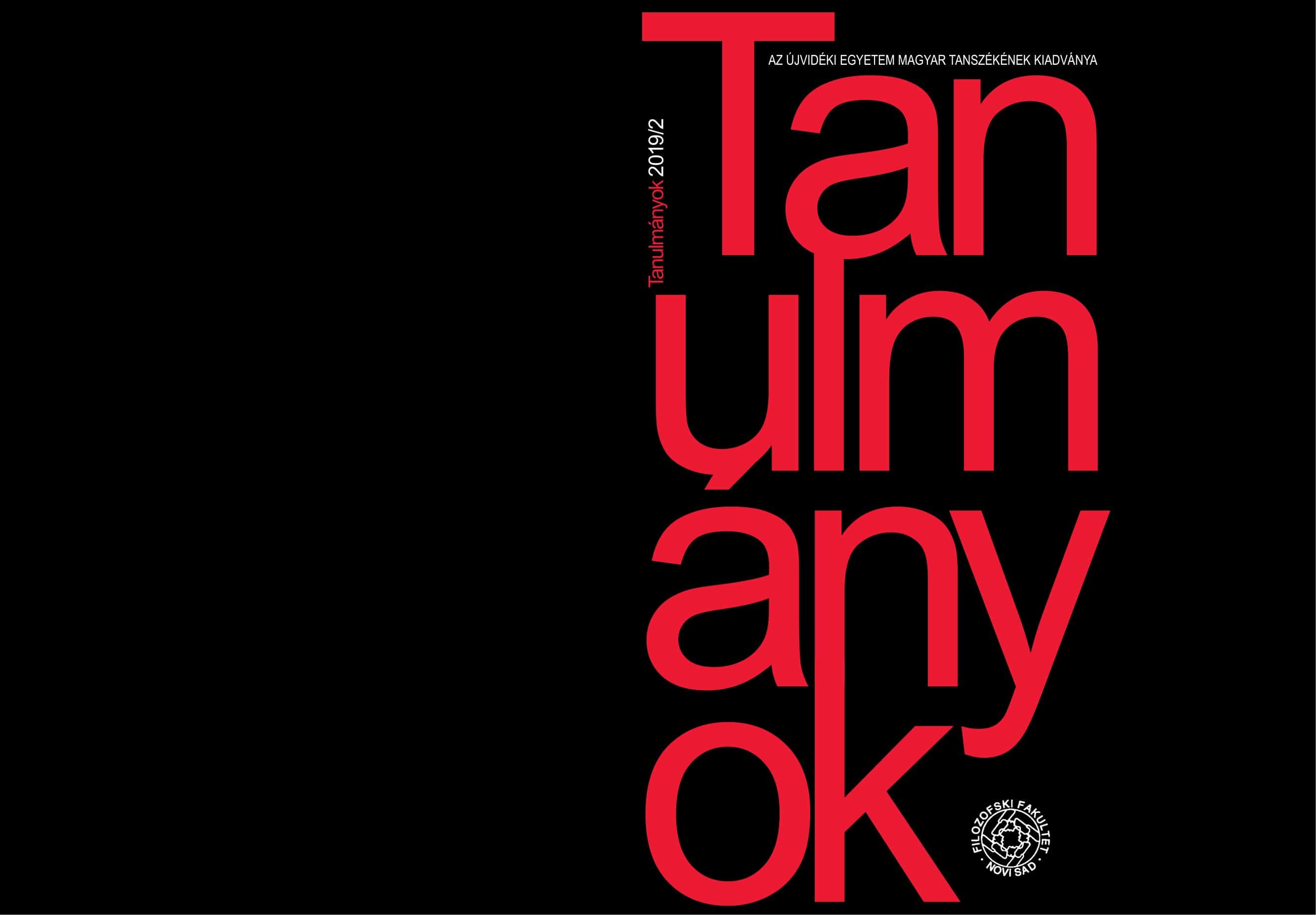Városok a kiegyezés előtt és a modern város 1867 és 1918 között
Cities Prior to the Austro-Hungarian Compromise of 1867 and the Modern City (1867–1918)
Extracts from the monograph Városok az Osztrák–Magyar Monarchiában: Városszövet- és várostipológia (1867–1918) [Cities of the Austro-Hungarian Monarchy. Urban Tissue and Urban Typology (1867–1918)]
Author(s): Éva LovraSubject(s): Cultural history
Published by: Филозофски факултет, Универзитет у Новом Саду
Keywords: urban typology; Austro−Hungarian Monarchy; 1867−1918
Summary/Abstract: The study consists of two chapters of the monograph Városok az Osztrák−Magyar Monarchiában. Városszövet- és várostipológia (1867−1918) [Cities of the Austro−Hungarian Monarchy. Urban Tissue and Urban Typology (1867−1918)], due out by the end of 2019 published by Terc. The study introduces the types of cities in the Hungarian Kingdom before the Compromise (1867), analyzes the formation of the modern cities in Central Europe under the Habsburgs and the milestones of their development. The description is also a summary of city history. The study also discusses the relationship between urban environment and urban structure in cities prior to 1867, clarifying the modern city as a cross-section of infrastructure and urban development. The “symbols of modernity” (Moravánszky 1998) defined the cityscape and urban structure of the period 1867−1918. The cityscape of the time contains patterns that, when interpreted together with the structure, can be considered repetitive, whereas the pre-1867 period was determined by the natural landscape and the built environment.
Journal: Tanulmányok
- Issue Year: 2019
- Issue No: 2
- Page Range: 25-38
- Page Count: 14
- Language: Hungarian

